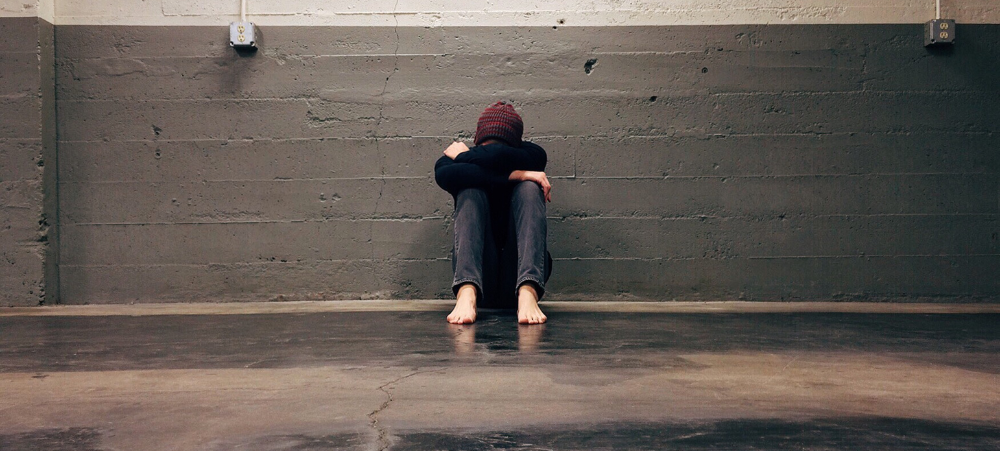South Africa is a multilingual community, and mastering more than one language is not only important for today’s children, but it also offers several benefits. But how easy is it for children to learn a second language?
Children tend to find it easier than adults as their brains are focused on absorbing information during their preschool and early school years. Although most children are only formally exposed to two languages at school when they learn how to read and write in a second language, there is much you can do before then to help your child learn a second language. And according to experts, the earlier you start, the better.
Why is the acquisition of a second language necessary? Children who are bilingual can communicate with a wider range of people, which means that their frame of reference is broader. This gives them an enormous cognitive and academic advantage. Studies have also shown that people who have mastered two or more languages fare better in intelligence tests, logical reasoning and problem-solving.
Before you sign your child up for extra classes in Mandarin, Xhosa or German, there are a few things to consider:
- Successful bilingualism requires dedication and quality input in both languages.
- Children must be exposed to the correct use of the language, and it is difficult to teach your child a second language if it is also your second language. If you aren’t fluent, seek help from family members or other qualified people.
- The new language must comprise approximately 30 per cent of a child’s total language exposure. When a child receives less input in the second language, he may become a “passive” second language user – he will understand the language, but won’t readily speak it. (He will, however, have an advantage in this language at school and will learn it faster.)
- Be careful of a second language school. There may be cultural differences, and if your child is struggling in the second language, it may hamper his ability to learn.
- Children with learning difficulties may struggle to read and write a second language even if they can speak it, while a deaf child may find a second language confusing. Seek guidance from experts to determine if your child’s unique circumstances will allow the acquisition of a second language.
Practical ways to help your child learn a second language:
- Create informal learning opportunities: Ask a family member or friend who is fluent in the second language to spend some time with your child and to only communicate in the second language during that time. You can even organise a playdate with a friend who speaks the second language. You’ll be amazed at how quickly children learn words and phrases in an informal social environment.
- Make it fun: On Tuesdays and Thursdays, only speak to one another in the second language, read books, sing songs and recite rhymes together, or find other ways to make learning a second language fun.
- Create the right language environment: It is important to expose your child to real-life situations where he can practise using the correct words. The best way to do this is to describe what you are doing when preparing dinner, when you go grocery shopping, etc.
To help your child successfully learn a second language, it is important to be patient and to create enough opportunities for him to listen to and speak the language. Encourage him to use the second language often, even if he swaps his words around or initially struggles to express himself. Mastering a second language won’t happen overnight, but the benefits for your child – at school and as an adult – are plentiful!
ARTICLE BY DANIELLE BARFOOT
- Supporting families facing bullying with a viable alternative - November 11, 2025
- Education beyond the traditional classroom: The benefits of home and online schooling for South African learners - October 9, 2025
- Making Sense of Infinite Content: Why Curation and Curriculum Matter in Online Learning - September 16, 2025





